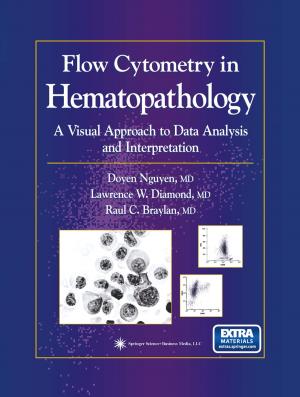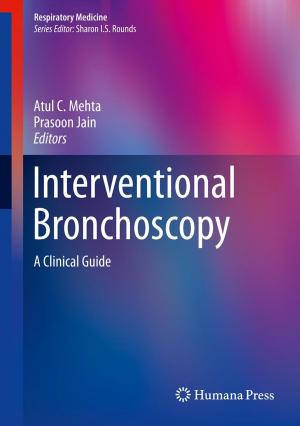Growth Hormone Related Diseases and Therapy
A Molecular and Physiological Perspective for the Clinician
Nonfiction, Health & Well Being, Medical, Specialties, Internal Medicine, Endocrinology & Metabolism, General| Author: | ISBN: | 9781607613176 | |
| Publisher: | Humana Press | Publication: | August 12, 2011 |
| Imprint: | Humana | Language: | English |
| Author: | |
| ISBN: | 9781607613176 |
| Publisher: | Humana Press |
| Publication: | August 12, 2011 |
| Imprint: | Humana |
| Language: | English |
The molecular era ushered in the cloning of the growth hormone (GH) gene and the production of unlimited amounts of GH through recombinant technology. The continuing momentum of research from basic science to clinical evaluation has brought unprecedented advances to the understanding of GH biology for the clinical endocrinologist. Growth Hormone Related Diseases and Therapy: A Molecular and Physiological Perspective for the Clinician distills all the new information of relevance to the endocrinologist over the last 20 years by offering five sections: physiology, molecular genetics, GH deficiency, acromegaly and pharmacotherapy. The first section on physiology focuses on GH action.
A review on the structure and function of the GH receptor is followed by a perspective on the regulatory role of ghrelin on GH secretion. The second section on genetics covers pituitary function and adenomas, including new and fascinating information on familial pituitary adenomas, their genotype and phenotype. The adult GH deficiency section spans the epidemiology and diagnosis of GH deficiency with a strong reminder for the clinician that the transition period represents a critical time of somatic maturation, which continues for years after cessation of liner growth. The section on acromegaly focuses on management, giving practical guides to the value of GH and IGF-1 measurements, the place of somatostatin analogues and of radiotherapy while reminding the reader as to why evaluating quality of life is an important part of management. Finally, the section on GH pharmacology takes the reader through innovative developments of long-acting GH formulations with some products on the threshold of clinical use. This section provides a balanced evidence based review of the effects of GH supplementation in aging and in sports where recent data indicates an enhancing effect on a selective aspect of performance. Growth Hormone Related Diseases and Therapy: A Molecular and Physiological Perspective for the Clinician integrates a wealth of information and will prove an invaluable reference for pediatric endocrinologists, adult endocrinologists, endocrine scientists and internists interested in the human biology of GH.
The molecular era ushered in the cloning of the growth hormone (GH) gene and the production of unlimited amounts of GH through recombinant technology. The continuing momentum of research from basic science to clinical evaluation has brought unprecedented advances to the understanding of GH biology for the clinical endocrinologist. Growth Hormone Related Diseases and Therapy: A Molecular and Physiological Perspective for the Clinician distills all the new information of relevance to the endocrinologist over the last 20 years by offering five sections: physiology, molecular genetics, GH deficiency, acromegaly and pharmacotherapy. The first section on physiology focuses on GH action.
A review on the structure and function of the GH receptor is followed by a perspective on the regulatory role of ghrelin on GH secretion. The second section on genetics covers pituitary function and adenomas, including new and fascinating information on familial pituitary adenomas, their genotype and phenotype. The adult GH deficiency section spans the epidemiology and diagnosis of GH deficiency with a strong reminder for the clinician that the transition period represents a critical time of somatic maturation, which continues for years after cessation of liner growth. The section on acromegaly focuses on management, giving practical guides to the value of GH and IGF-1 measurements, the place of somatostatin analogues and of radiotherapy while reminding the reader as to why evaluating quality of life is an important part of management. Finally, the section on GH pharmacology takes the reader through innovative developments of long-acting GH formulations with some products on the threshold of clinical use. This section provides a balanced evidence based review of the effects of GH supplementation in aging and in sports where recent data indicates an enhancing effect on a selective aspect of performance. Growth Hormone Related Diseases and Therapy: A Molecular and Physiological Perspective for the Clinician integrates a wealth of information and will prove an invaluable reference for pediatric endocrinologists, adult endocrinologists, endocrine scientists and internists interested in the human biology of GH.















